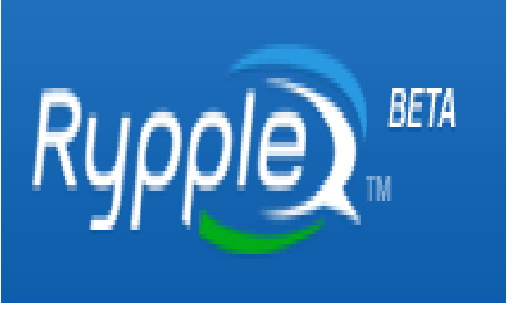Can I get a status on that?
How many phone calls, e-mails, and meetings are devoted and dedicated to answering the question:
What's the status of (insert task, project, activity, report, proposal here) Jimbo? Flickr - Foreign and Commonwealth Office
Flickr - Foreign and Commonwealth Office
Finding out where an important piece of work stands should not require a formal inquiry or something akin to a press conference.
But the reality is so many of these 'status updates' are deemed necessary because of the typical tools and technologies that still dominate most workplaces today.
Project plans with 'percent complete' notations are done in Microsoft Project, and kept on the project manager's PC, or maybe stored on a shared network drive. But even on a shared drive, they don't do most team members much good, since the license for MS Project is ridiculous, and most team members don't have the software installed anyway.
Most other important documents are still developed in MS Word, and while pretty much everyone has MS Word, the important documents themselves are being passed around as e-mail attachments and it is almost impossible for 'participants' in the document creation to know they have the latest version. And for interested parties or executive sponsors, not actively involved in the actual creation of the document, well their only hope is to track down the latest version from somewhere, and you had better hope they can get the correct one.
And in many, many organizations, technical support or development requests (bugs, customizations, enhancements) are still tracked in a bizarre stew of Excel worksheets, Access databases, or in some kind of locally installed 'help desk' package that the real users can't access anyway.
Think about all the time you spend either asking or answering the question, 'Can I get a status on that?'
Make a tally of every time and in what situations that question gets asked for a month or so. The topics, processes, and context that generate the most calls for 'status updates' are ripe for the application of technology solutions to reduce these questions, increase visibility (and likely accountability), and improve productivity.
They may be new project tracking tools, wikis for document collaboration, or a web-based technical issue and help desk system, whatever the particular source of pain is in your organization. But you know that they are needed.
Because every minute someone spends updating 'status' is a minute where the 'status' remains the same. And in 2009, staying the same for too long could mean putting up a 'Everything Must Go' sign in the window.

 Steve
Steve



